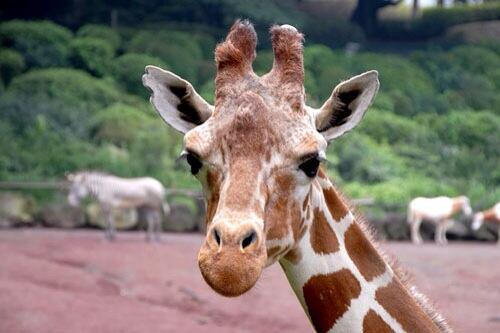A solar-powered airplane finished crossing the United States on Saturday, landing in New York City after flying over the Statue of Liberty during its historic bid to circle the globe, the project team said. The spindly, single-seat experimental aircraft, dubbed Solar Impulse 2, arrived at New York's John F. Kennedy International Airport at about 4 a.m. local time after it took off about five hours beforehand at Lehigh Valley International Airport in Pennsylvania, the team reported on the airplane's website. Such a pleasure to land in New York! For the 14th time we celebrate sustainability," said the project's co-founder Andre Borschberg on Twitter after flying over the city and the Statue of Liberty during the 14th leg of the trip around the globe. The Swiss team flying the aircraft in a campaign to build support for clean energy technologies hopes eventually to complete its circumnavigation in Abu Dhabi, where the journey began in March 2015. The solar cr...
A new investigation challenges the previously held view that this unusual looking creature is related to North American ancestors of deer. Scientists say the new study will help us better understand the evolution of cranial features such as horns, as well as the evolution of land ecosystems. For the last 40 million years, ruminants have represented a big proportion of the world's large herbivores. Ruminants include cattle, sheep, goats, deer, giraffes, antelopes, camels, and other extinct species. Palaeomerycids, now extinct, were strange-looking three-horned ruminants found in many areas, from Spain to China, some 5-23 million years ago, during what is termed the Miocene Period.
Dr Israel Sánchez and his collaborators from the Museo Nacional
 de Ciencias Naturales in Madrid, Spain, studied well-preserved remains of a new palaeomerycid - Xenokeryx amidalae.The skull was in particularly good condition and it included teeth, as well as the three horns - one of which is T-shaped. This allowed the team to see that, despite apparent similarities, palaeomerycids are not related to a North American extinct relative of the deer - the dromomerycids. As a consequence, Dr Sánchez and his collaborators re-draw the family tree of ruminants by placing palaeomerycids in the same group as the modern-day giraffe.
de Ciencias Naturales in Madrid, Spain, studied well-preserved remains of a new palaeomerycid - Xenokeryx amidalae.The skull was in particularly good condition and it included teeth, as well as the three horns - one of which is T-shaped. This allowed the team to see that, despite apparent similarities, palaeomerycids are not related to a North American extinct relative of the deer - the dromomerycids. As a consequence, Dr Sánchez and his collaborators re-draw the family tree of ruminants by placing palaeomerycids in the same group as the modern-day giraffe.
"Giraffes nowadays are characteristic of Africa. But in the Miocene there were giraffes both in Eurasia and in Africa. And the origin of giraffes is probably in Asia, in Pakistan," Dr Israel Sánchez explained. "Establishing the place of palaeomerycids in the ruminant tree gives us insights into the evolutionary history of the large clade of pecoran ruminants that include giraffes (Giraffa and Okapia) as its only extant survivors, and shows us the amazing diversity of an ancient lineage that inhabited both Eurasia and Africa." The study of these extremely well-preserved fossils also provides valuable insight into the evolution of anatomy features like horns.
In addition, Dr Sánchez explained that because ruminants are found across the world and are very sensitive to their habitats, their evolution holds clues to changes in land ecosystems throughout history. "We didn't know where the palaeomerycids were placed in the phylogenetic tree of the ruminants. And now we know."
Comments
Post a Comment